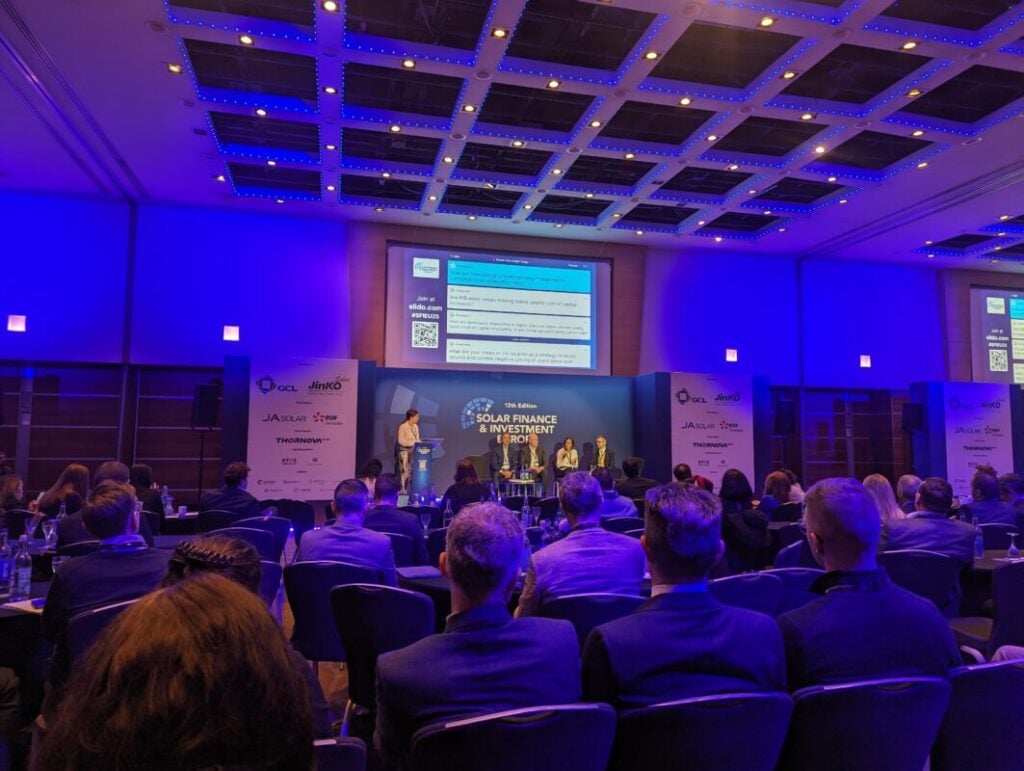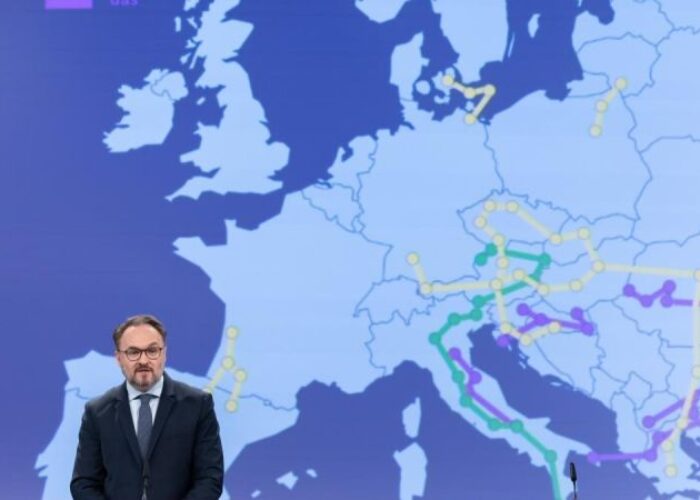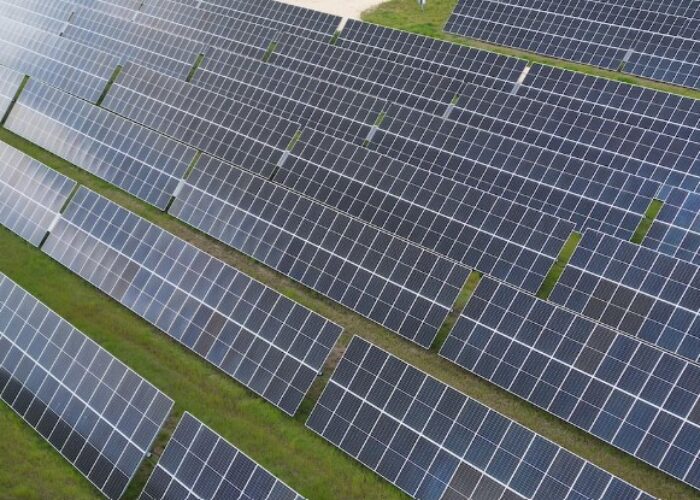
The gap between the largest and smallest markets in the European renewable energy sector have narrowed in recent years, meaning investors need to base investment decisions on individual markets, rather than regional profiles.
This was a key conclusion from a panel at Solar Media’s Solar Finance & Investment Europe event, held this morning in London. With the changes in the cost of capital in different countries, Giovanni Terranova, a managing partner at Bluefield Partners, said that there were two key trends affecting this in European solar. One is relations between the UK and EU, and the other is a narrowing between the continent’s “north” and “south”, which could have a broader impact.
Try Premium for just $1
- Full premium access for the first month at only $1
- Converts to an annual rate after 30 days unless cancelled
- Cancel anytime during the trial period
Premium Benefits
- Expert industry analysis and interviews
- Digital access to PV Tech Power journal
- Exclusive event discounts
Or get the full Premium subscription right away
Or continue reading this article for free
“There is a narrowing of the spread between north and south,” said Terranova. “Spain and Germany have a difference [in cost of capital] of less than 1%, so the overall cost of capital and the risk of the countries is narrowing.”
Figures from S&P Global Commodity Insights suggest that, between 2023 and 2025, Europe’s annual solar installations are likely to double, with many new projects set to come online in countries that have not typically dominated the European solar sector, such as Eastern Europe.
“There is a second dimension, which is regulations, which makes an investment more attractive or less attractive,” added Terranova. “In this picture, the UK has a gap of 1-2% in terms of cost of capital, but has an advantage in the Contracts for Difference (CfDs), which [help] reduce the cost of capital, which makes it an attractive country.”
More cannibalisation, more risk appetite
This narrowing of the gap is particularly apparent in cannibalization trends. Lisa McDermott, a managing director of project finance at ABN AMRO Bank N.V., pointed out that this is most impactful in more mature markets, such as Spain and Germany.
“Cannibalisation is really coming home to roost in countries like Spain and Germany,” said McDermott. “In Europe alone, last year, we had 10,000 negative hours for power, [which is] impacting merchant revenues and power purchase agreements (PPAs).”
“We’re having to think about what kind of business cases we’re financing [and] becoming a bit more sophisticated about which combination of technologies we come to and what financing structures we use,” echoing a call for more diverse asset portfolios made at an earlier panel on the same day.
In addition to more sophisticated financing structures, Bart White, managing director and European head of energy structured finance at Santander, suggested that investors would benefit from recalibrating their appetite for risk in a sector that has seen its fair share of economic disruption in recent months.
“We had to give customers what they wanted, and that’s a really high risk product,” said White, echoing a conversation held with PV Tech prior to the summit. “Almost since the conflict in Ukraine, where there was an increase in inflection rates [and] the focus was ‘at some point there’ll be less volatility’.”
“There was optimism last year that we were coming into that model, but now we’ve got a new administration in the US, we’ve got tariffs [which] lead to changes in growth expectations, which lead to changes in interest rates,” White continued. “The smart money is being able to adapt to uncertainty [and] operate in a world with uncertainty.”
Solar Media is hosting its annual Solar Finance & Investment Europe event in London on 4 – 5 February 2025. This event annually attracts infrastructure funds, institutional investors, asset managers, banks and development platforms at the forefront of European renewables; the vast majority of which are responsible for billions in active and prospective investments in the Europe’s energy transition. For more details, visit the website.






